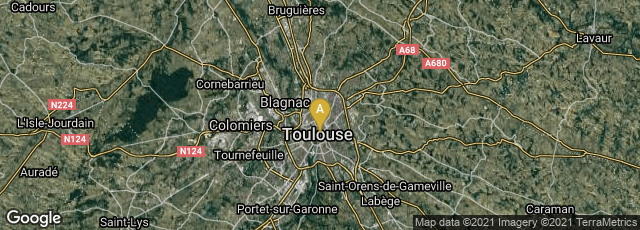

A: Saint-Alban, Occitanie, France
A portable Calendarium by the Danish mathematician Petrus Philomena de Dacia made in the South of France about 1340 CE is preserved in the Bibliothèque nationale de France (Manuscrits, Nouv. acq. lat. 375).
This livre plicatif or "pocket book", intended to be hung from the body, probably from a band around the waist, contains parchment leaves folded several times so that the size of the sheets are as small as practical and fit into a binding which could be hung from a belt or a string. The amount of text was limited since the sheets were small to begin with and generally could be written on only on one side.
Almanacs of this kind generally contain twelve sheets, one for each month of the year, with daily indication of hour and minute of the day and night, as well as details of ecclesiastical computation. In addition, there are various astronomical data such as eclipses, the size of the moon. Throughout the Middle Ages astrological considerations were generally linked to medicine. Some medieval calendars of this kind contain drawings of a human figure covered with anatomical-therapeutic and astrological indications.